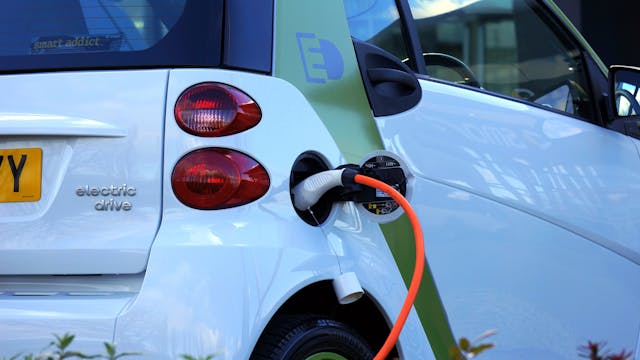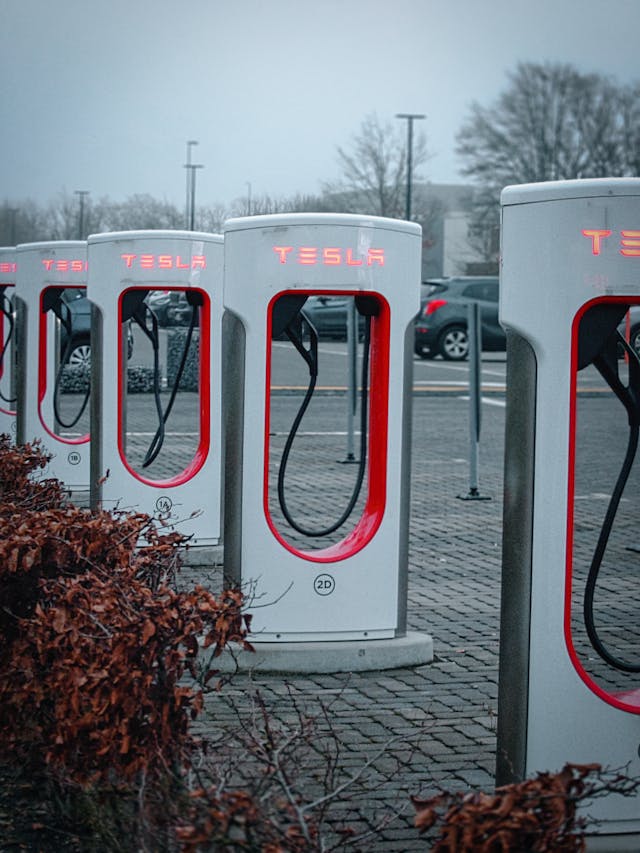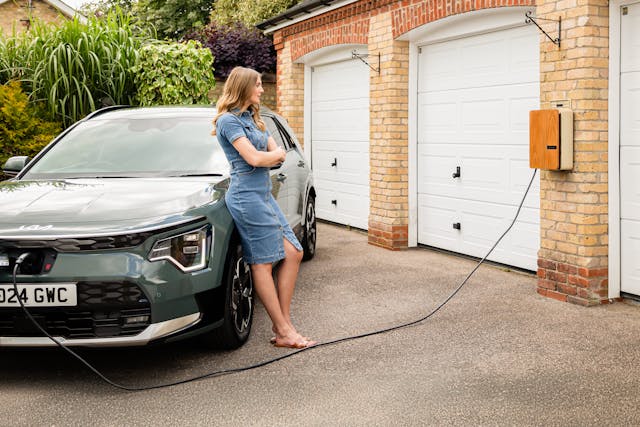Electric vehicles: The Illusion of the “Perfectly Green” Revolution.
Electric vehicles (EVs) are everywhere, promoted as the clean, efficient alternative to gasoline cars. Governments back them with incentives, consumers see them as financially smart choices, and environmentalists praise them as the future of sustainability. But here’s the uncomfortable truth: are we solving one problem by creating another?
Most people focus on what happens when an EV is driven—zero tailpipe emissions, lower fuel costs. But what about before that sleek electric car even hits the road? What about the battery production, mining, energy grid dependency, and eventual disposal? These hidden costs paint a far more complicated picture.

The Problem Begins Before the First Drive
At the heart of every EV is its battery. These batteries rely on lithium, cobalt, and nickel, materials that require intensive mining. The process strips landscapes, depletes water supplies, and disrupts ecosystems, often with serious environmental consequences. Some regions producing these materials also face concerns related to labor practices and the sustainability of extraction.
And then there’s the carbon footprint of manufacturing. Studies suggest that EV production emits nearly twice the amount of CO₂ compared to conventional gasoline vehicles due to the energy required to create the batteries. That means before an EV is even driven, it has already left behind a significant environmental impact.
Charging Infrastructure and Its Hidden Challenges
The energy source used to charge EVs is another factor often overlooked. While EVs themselves don’t burn fossil fuels, their electricity still comes from power grids, which in many places remain heavily dependent on coal and natural gas. If a country is still transitioning to renewables, EVs are indirectly contributing to carbon emissions through electricity consumption.
Charging infrastructure is another issue. Despite rapid expansion, charging stations remain limited in certain regions, making long journeys inconvenient. “Range anxiety” is a real concern for drivers who worry about whether they’ll find a charging point in time. Moreover, power grids are not yet fully equipped to handle mass EV adoption, leading to concerns about energy supply strain during peak charging hours.

The Lifecycle Problem – Batteries Don’t Last Forever
Like all batteries, EV batteries degrade over time. This leads to expensive replacements, sometimes amounting to a significant percentage of the car’s original cost. And with disposal practices still evolving, the lack of efficient recycling methods raises concerns about waste accumulation. Without proper global regulations for handling battery disposal, discarded EV batteries could become another environmental hazard.
Are EVs Truly the Best Solution?
EVs certainly reduce tailpipe emissions, but are they the most comprehensive solution? Perhaps they work best as part of a broader strategy rather than the ultimate fix.
Alternative technologies are emerging. Hydrogen fuel cell vehicles promise longer range and faster refueling, though their infrastructure isn’t widespread yet. Hybrid vehicles offer a middle ground, reducing emissions while maintaining gasoline reliability. A broader solution could involve rethinking urban mobility, expanding efficient public transportation, and redesigning cities to minimize personal vehicle dependency.
The Need for Transparency
One major issue is how EVs are marketed. The focus is often on “zero emissions,” but manufacturers rarely discuss the environmental trade-offs associated with battery production, energy consumption, and disposal. If the goal is truly sustainability, consumers deserve clear and balanced information that accounts for the full lifecycle impact of EVs—not just what happens on the road. What do you think about this? Let us know in the comments.

Conclusion – Moving Forward Without Blind Optimism
EVs are undoubtedly a step forward, but they aren’t the final answer. Their direct emissions benefits must be weighed against the broader environmental consequences. Instead of assuming EVs alone will solve global sustainability challenges, it’s vital to push for responsible innovation, better energy infrastructure, and smarter alternatives.
Check out this wikipedia link – https://en.wikipedia.org/wiki/Health_and_environmental_effects_of_battery_electric_cars and also some of our other Automotive category blogs.
Green mobility isn’t just about replacing gas engines with batteries—it’s about rethinking transportation entirely, ensuring progress is both meaningful and sustainable




